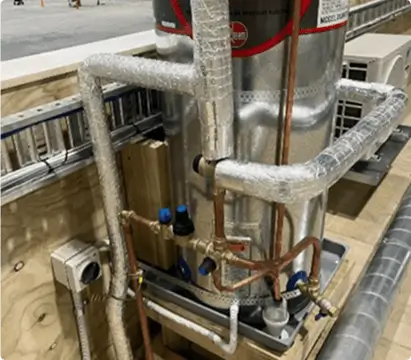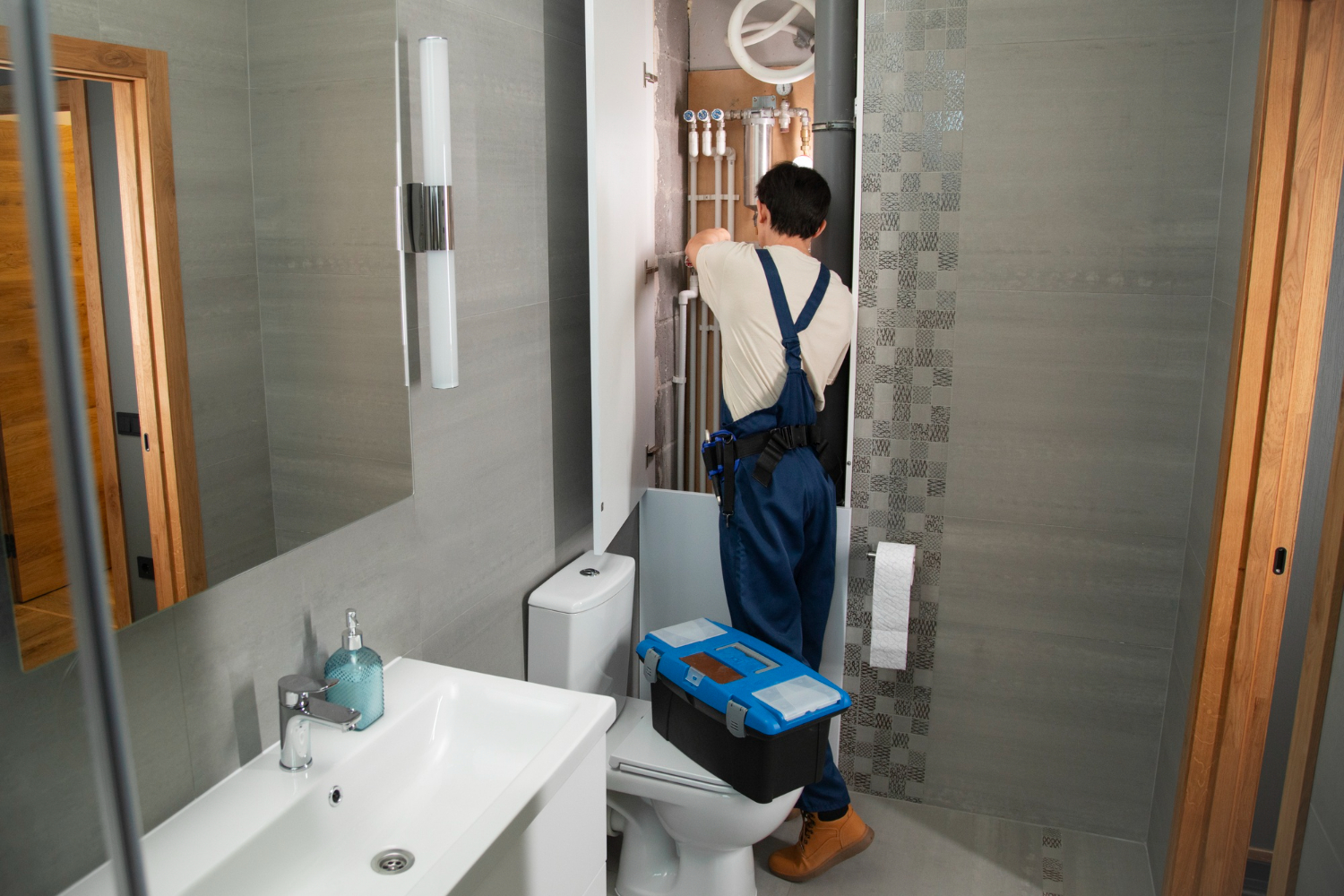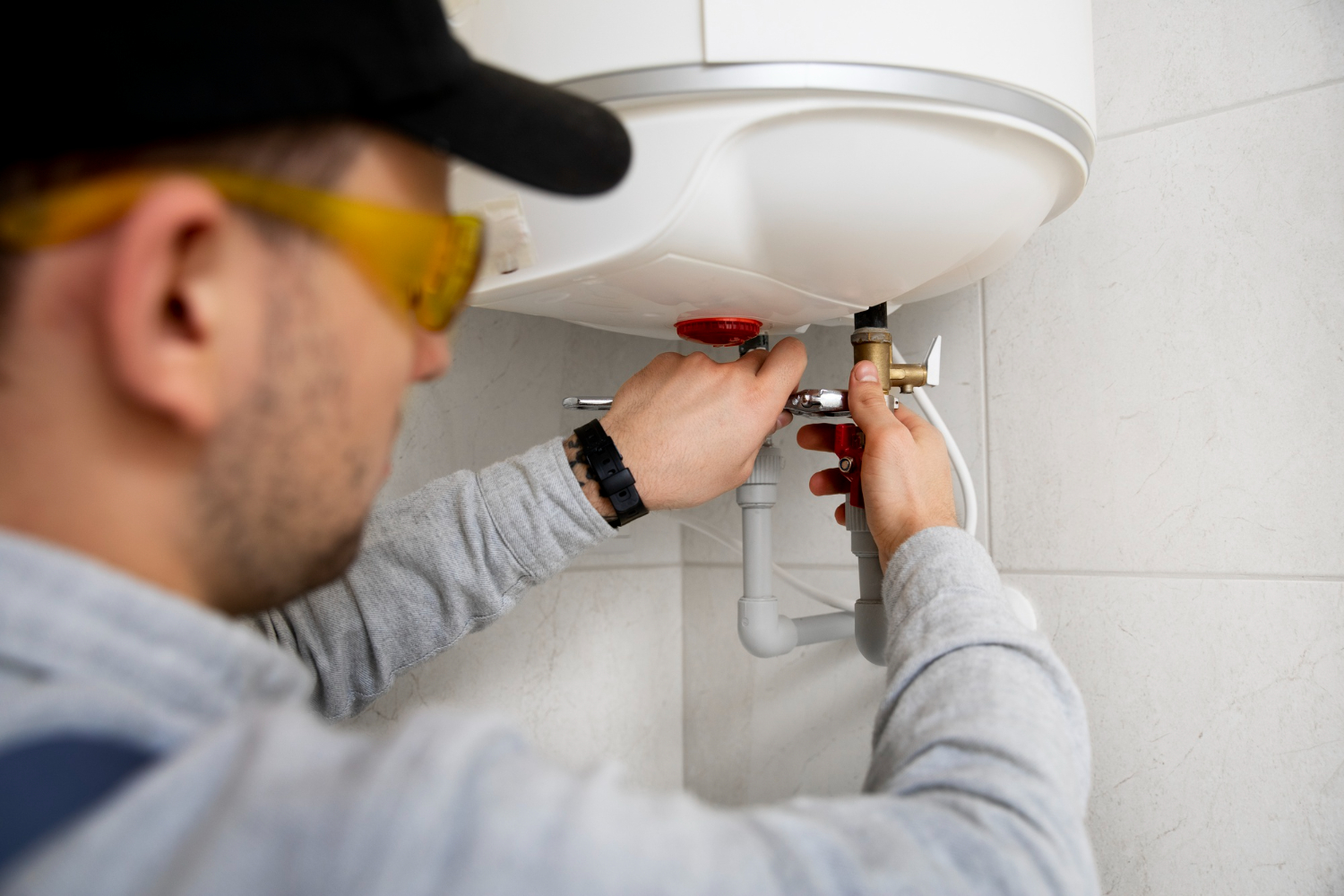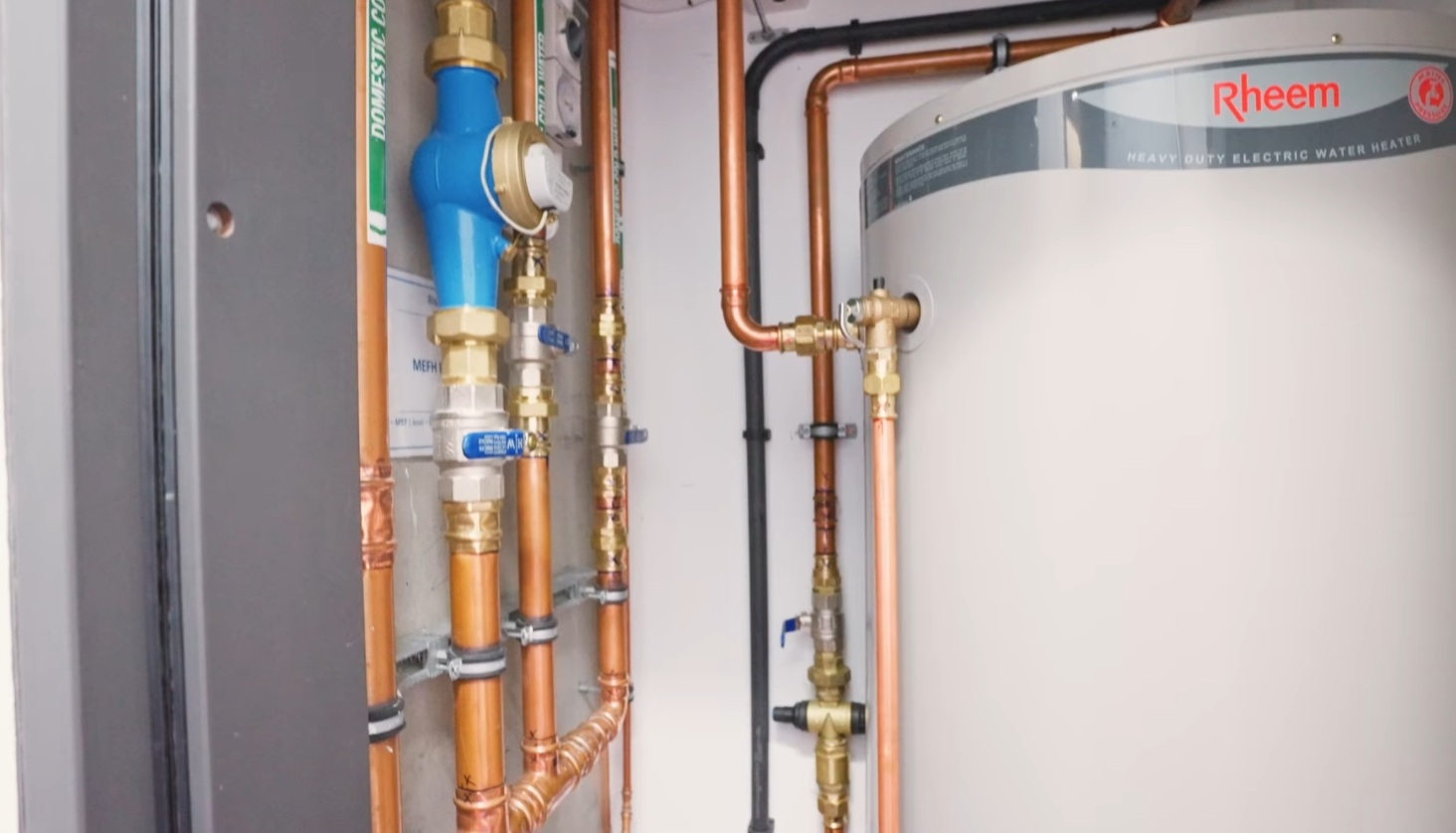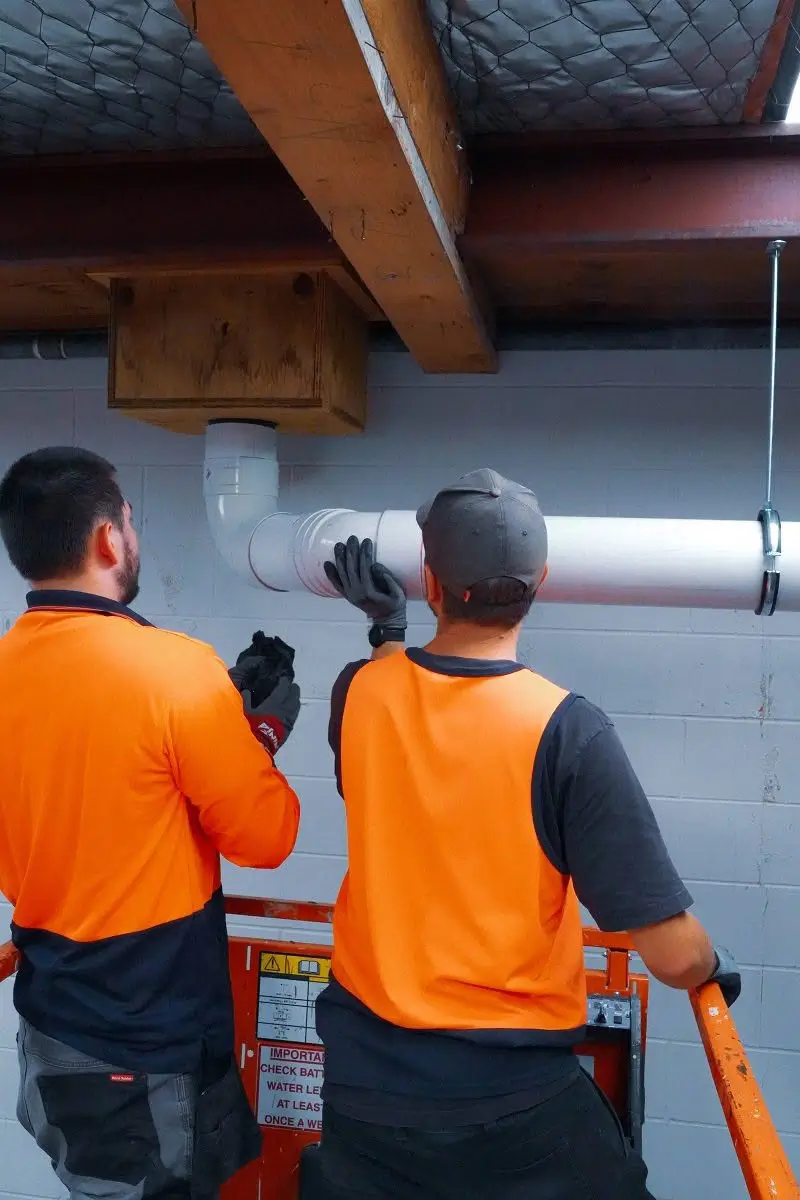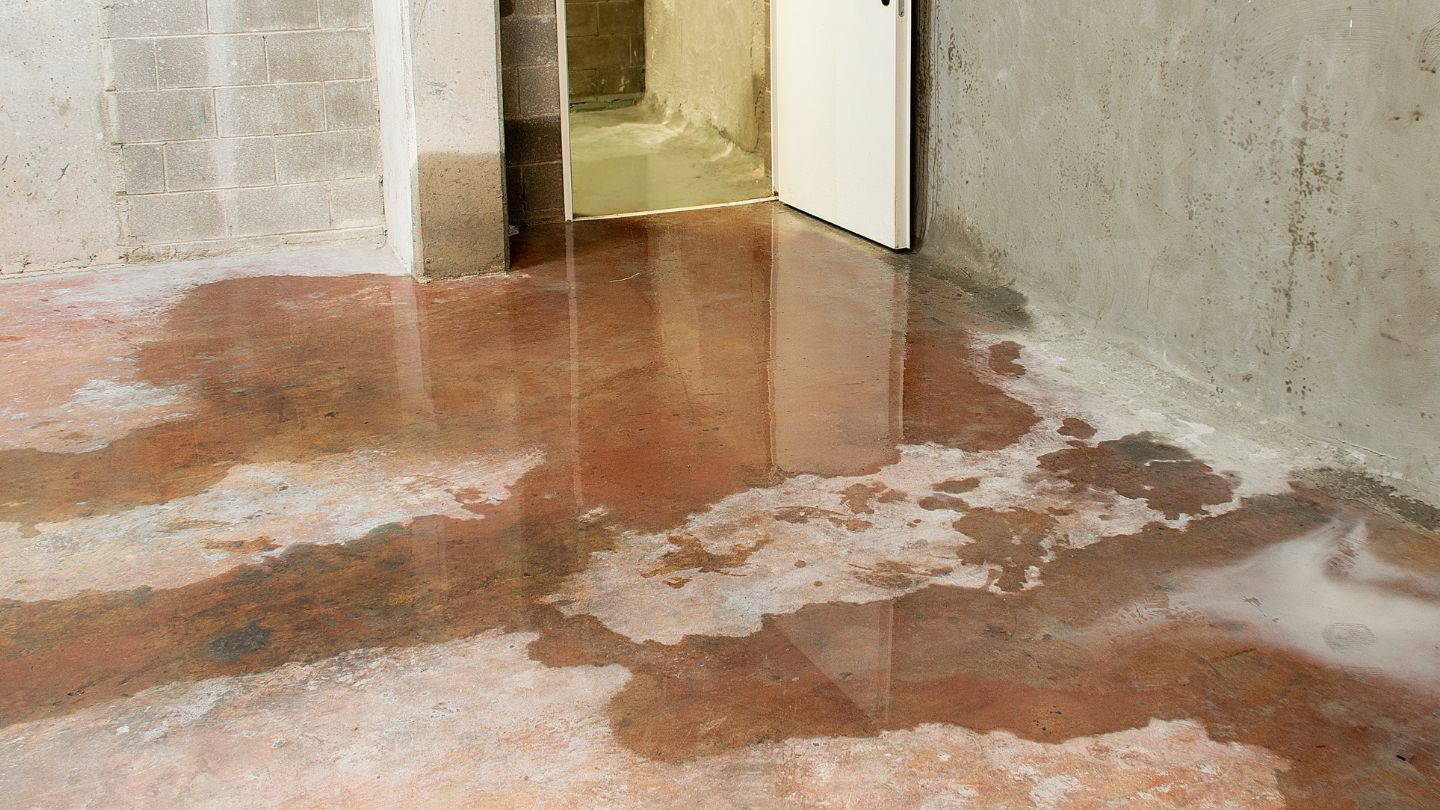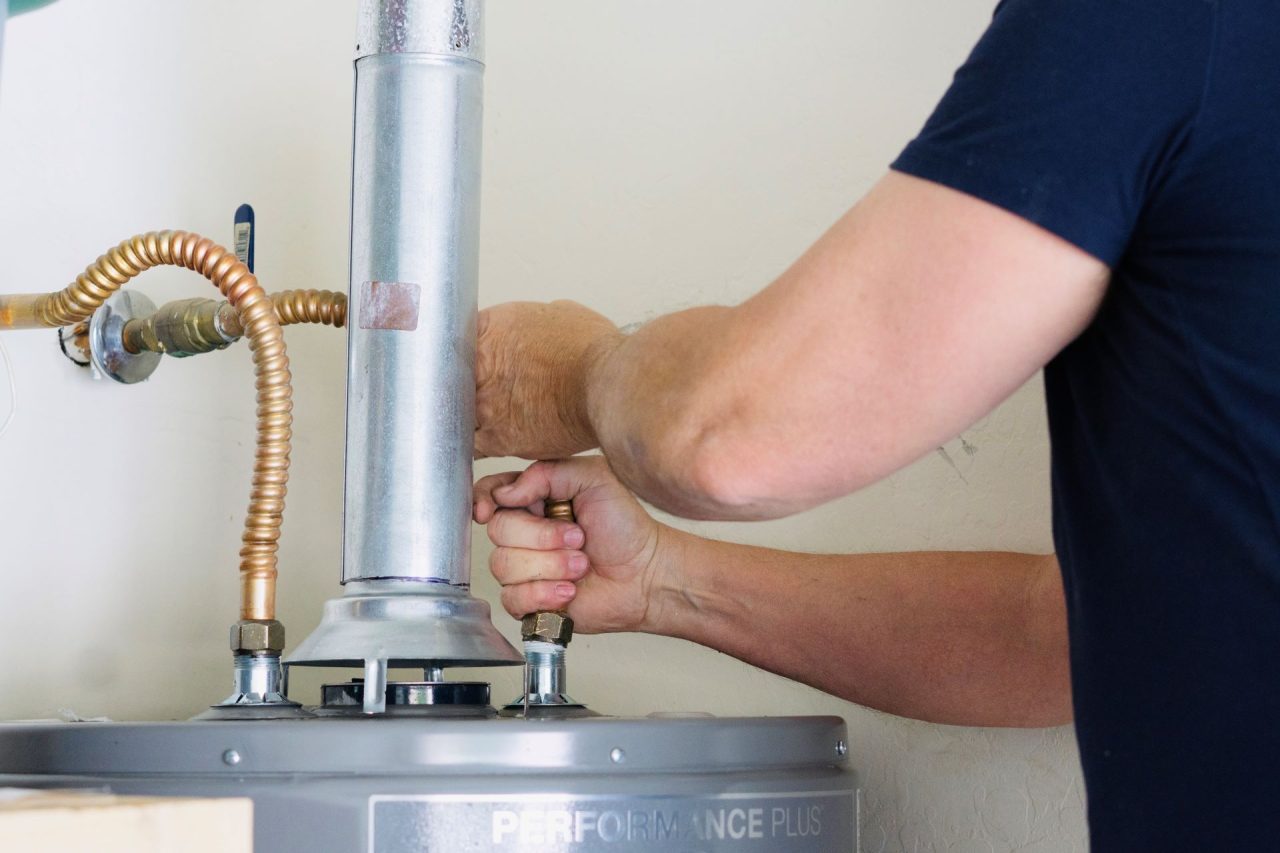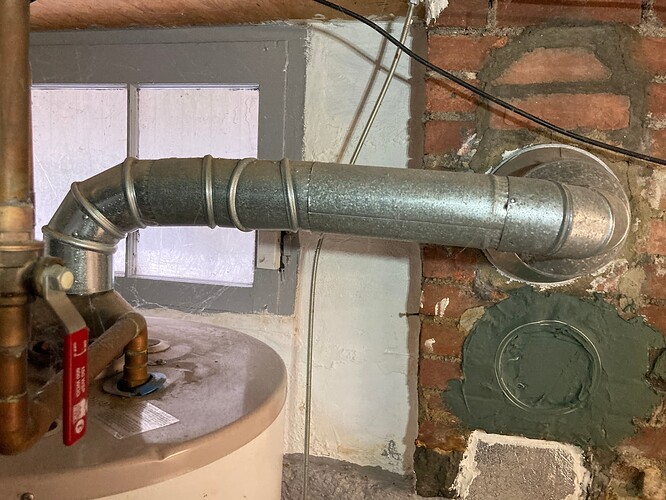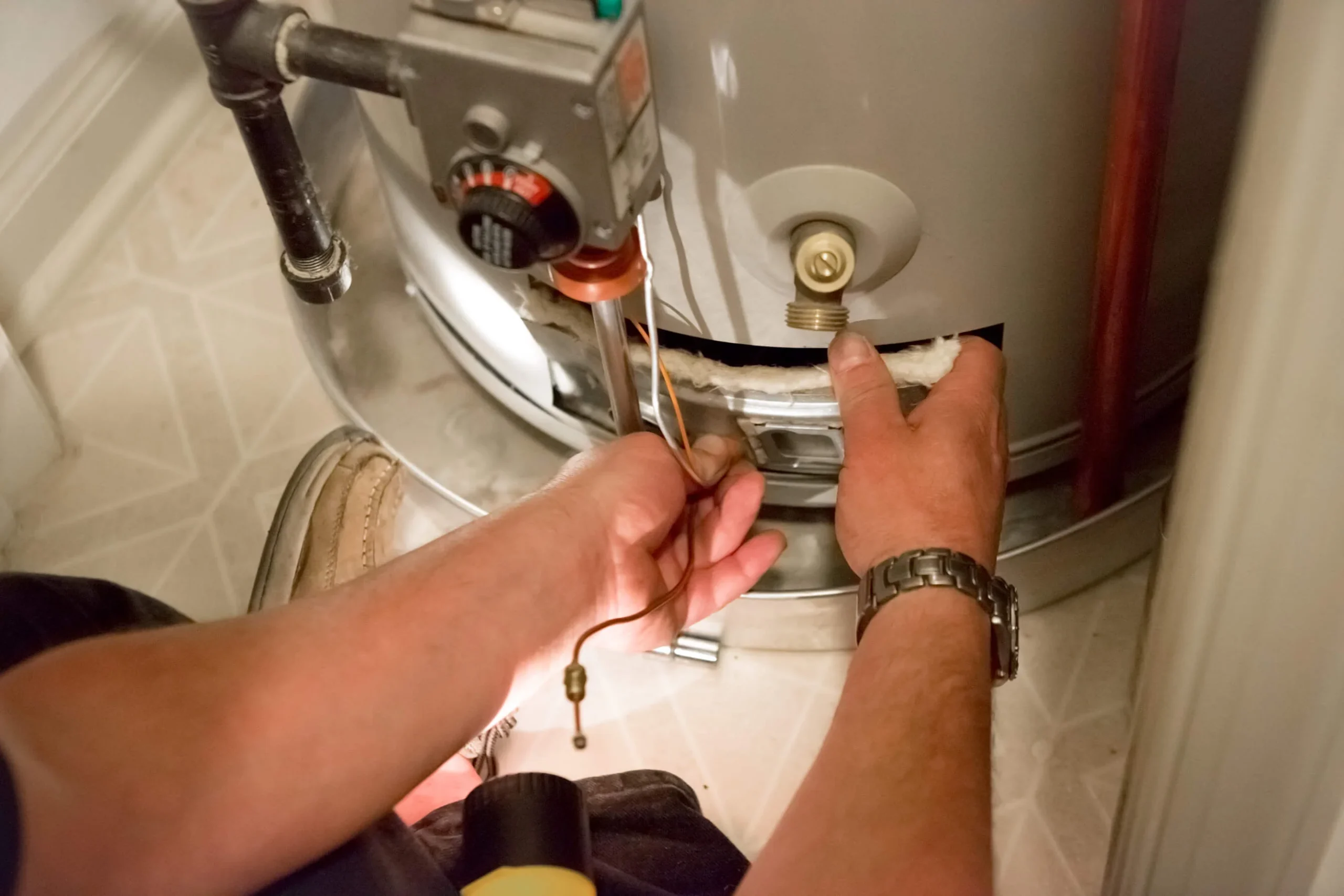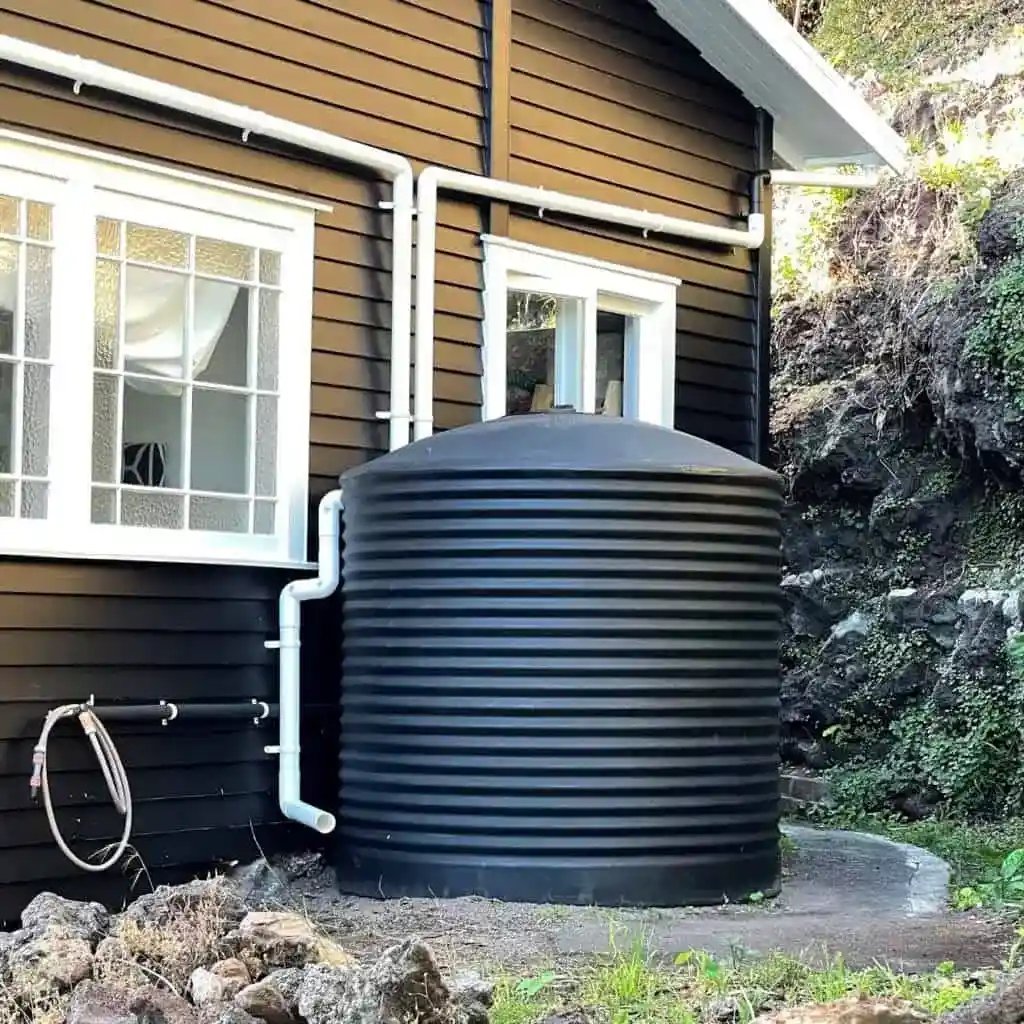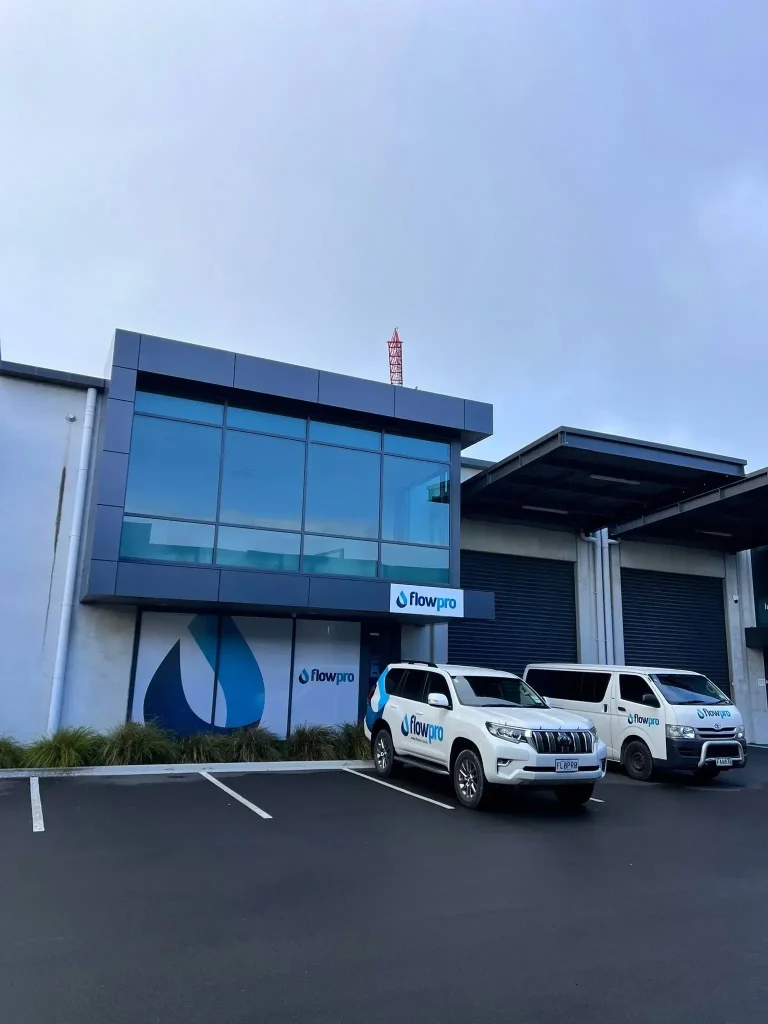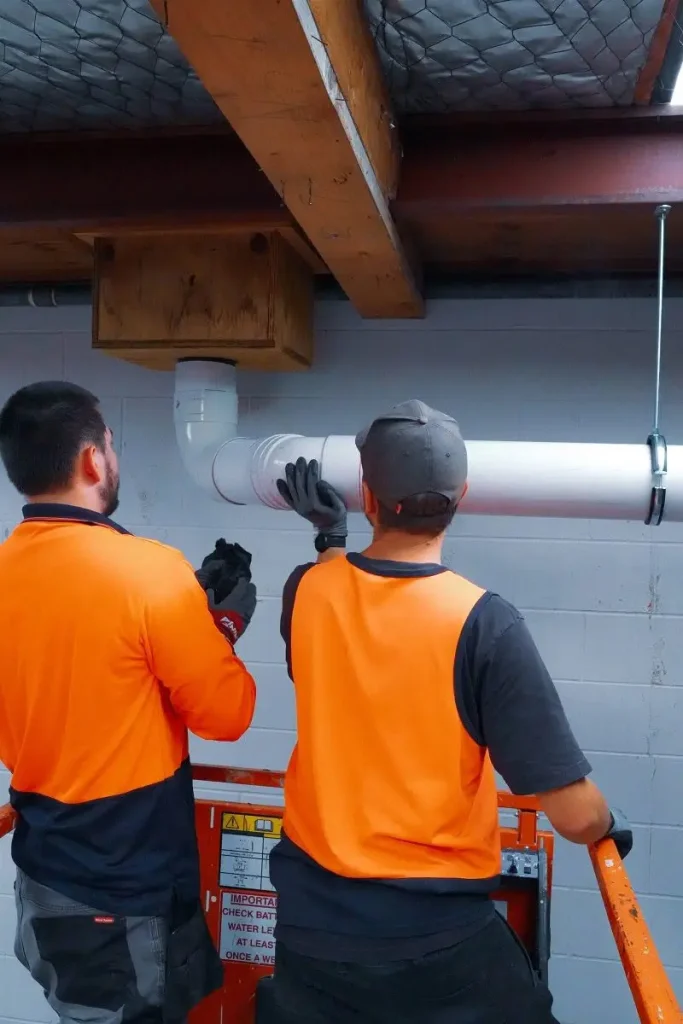Understand key requirements
If you are getting ready to install a new unit at home, you might be wondering about gas hot water heater installation requirements. Good news these standards are not as complicated as they seem, and with the right guidance, you will be able to plan your setup confidently. Most gas water heaters last between eight and thirteen years (based on various industry studies), so if your current system is showing signs of age, now is an ideal time to understand what is involved in a proper replacement.
Before you begin, it helps to know your household’s hot water usage, the local regulations in New Zealand, and the basic safety checks for your installation space. This upfront homework ensures you will meet all codes and keep your system running safely. Below, you will find an in-depth look at the key requirements, from choosing the right size to checking compliance and ensuring proper ventilation.
Correctly size your gas water heater
One of the biggest factors in any water heater installation is sizing. Get it right, and you will have enough hot water for the shower, dishwasher, and laundry without unnecessary energy waste. Get it wrong, and you could either run out of hot water mid-shower or pay more on your gas bill than needed.
Steps in finding the right size
- Count your bathrooms and appliances
- If you have two bathrooms, you will likely need at least a 30-gallon tank (about 135 litres) if you live alone or with one other person.
- For each additional bathroom, you should add roughly 3.5 gallons (about 16 litres) to accommodate extra usage.
- If you use an automatic dishwasher, add about five more gallons (about 23 litres) as a buffer.
- Consider household size
- If you have a family of three or four, you may want a 50-gallon tank (about 225 litres).
- For even larger families with four to six people, sizing up to 80 gallons (about 360 litres) might be ideal.
- Check demand water heater needs
- If you are thinking about a tankless (demand) water heater, look at both flow rate and temperature rise. A gas-fired demand heater can provide about 5 gallons per minute with a 39°C temperature rise, while an electric version is usually around 2 gallons per minute.
- Use the first hour rating
- For storage tank heaters, look at the first hour rating (FHR). This value tells you how many gallons of hot water the heater can deliver in one hour, starting with a full tank of hot water. If your peak demand is around 66 gallons, you need a model with an FHR of 66 gallons or higher.
Here is a quick table that summarises some typical sizing considerations for storage water heaters:
| Household Size (People) | Recommended Tank (Gallons) | Notes |
|---|---|---|
| 1–2 | 30–40 | Fine for small usage |
| 2–3 | 40–50 | Consider extra capacity if you have a dishwasher |
| 3–4 | 50–60 | Standard for average families |
| 4–6 | 80 | Ensures fewer shortages during peak times |
Keep in mind that how you use hot water can shift these numbers. If you love long showers or have frequent visitors, you might need a slightly larger tank. Conversely, if you rarely use hot water, you can downsize and save on energy costs.
Ensure ventilation and safety
Proper ventilation is crucial for any gas appliance, especially a gas water heater. Combustion gases must exit your home safely so that you are not breathing in harmful fumes. Here are the main points to cover:
- Check for blockages: Inspect flues, ducts, and vents for any damage or obstruction. A clear vent allows any exhaust to flow out.
- Consider your venting style: You might have a standard atmospheric vent, which typically runs vertically and relies on hot air rising. Alternatively, a power vent uses a blower to push exhaust horizontally or vertically.
- Maintain clearance: Make sure there is at least six inches of open space around the water heater to maximise airflow.
- Add a drain pan: If your water heater is indoors or in an attic, place a drain pan underneath the unit. The pan should be around 1.5 inches deep and at least two inches wider and longer than the water heater to catch any dripping or leaks.
Different venting types for gas heaters
Studying your venting requirements helps you decide if you can rely on your existing chimney or if you need additional plumbing modifications. Here are common venting approaches:
- Standard atmospheric vent: Tall vertical or slightly angled metal vent, letting hot exhaust gases rise naturally.
- Power vent: Uses a fan to direct exhaust, allowing horizontal or vertical PVC venting.
- Direct vent: Ideal for small or closed spaces, drawing combustion air from outside and sending fumes outside too.
- Power direct vent: Similar to power vent systems but also pulls combustion air from outside.
- Concentric vent: A “pipe in a pipe” system that merges intake air and exhaust into a single wall or roof penetration.
Each venting system has its pros and cons. In New Zealand, weather conditions can influence your choice. For example, if you have limited space or less natural airflow, a direct vent or power vent design may be more suitable.
Basic installation steps
Meeting gas hot water heater installation requirements involves a few fundamental steps to ensure your new system is secure. Before you begin, always turn off the gas supply to avoid leaks.
- Remove the old water heater
- Start by shutting off the gas supply to the current unit.
- Disconnect the gas pipe, exhaust hood, venting, and water supply lines.
- Drain the tank (attach a hose to the drain valve and direct the water into a floor drain or safe outdoor area).
- Prepare the space
- Clean and clear the installation area. Get rid of any debris or flammable materials.
- Confirm there is enough room for service access (the opening to the attic, if applicable, should be at least 20 by 30 inches).
- Ensure the floor is level and strong enough to support the new unit.
- Place the new gas heater
- Set the new unit in the drain pan and align it with your venting system.
- Keep the required clearance on all sides (typically six inches).
- Place seismic straps if you live in an earthquake-prone region. These help stabilise the tank during movement.
- Connect water lines and gas supply
- Reconnect both cold and hot water lines using new fittings. Use Teflon tape for tight seals.
- Attach the gas line with the correct fittings for your model. Thoroughly check for leaks afterwards, using a soapy water solution around connections.
- Attach venting and exhaust
- Connect the vents according to the heater’s specifications.
- For standard atmospheric vents, ensure the flue is angled upward without kinks or blockages.
- If using power venting, follow the manufacturer’s instructions for fan placement and exhaust direction.
- Add a temperature and pressure (T&P) relief valve
- Attach a T&P relief valve to release pressure if the water heater overheats or if there is too much pressure in the tank.
- Run the discharge pipe downward so water can flow by gravity without causing harm to people or property.
- Turn on the gas and test
- Slowly turn the gas supply back on, watch for any leaks, and light the pilot light.
- If your unit has an electronic igniter, follow the instructions to turn the system on and check that the burners are firing.
- Let the tank fill with water, then test hot water delivery by running taps.
Professional installation is often recommended, because incorrect gas line or venting connections can present serious hazards. If you are interested in the cost side of things, you can check out the cost of installing gas hot water system to get an overview of potential expenses in Auckland or elsewhere in New Zealand.
Check compliance and local codes
While many homeowners can handle a simple replacement if they have plumbing experience, compliance with local and national codes is essential. In New Zealand, gas regulations are strict about ventilation, seismic support, and safety devices.
- Secure a gas certificate of compliance: If you are installing or modifying a gas system, you typically need a compliance certificate to confirm the work meets legal standards. You can learn more about this document by visiting what is a gas certificate of compliance and when do i need one?.
- Inspect your gas supply lines: Make sure these lines meet local pressure requirements. Typically, you want between 40 and 80 psi for proper operation. If your pressure is above 80 psi, a pressure-reducing valve can help.
- Install an expansion tank: Some local regulations require an expansion tank in certain “closed” systems (where heated water cannot expand back into the cold water supply). If your heater holds up to 50 gallons, a 2-gallon expansion tank usually works. For larger heaters up to 100 gallons, a 5-gallon expansion tank is more suitable.
Think of this step as safeguarding your home’s plumbing. By ensuring everything operates within recommended pressure ranges, you reduce the likelihood of leaks or damage to your new water heater.
Summing up and next steps
Installing a gas water heater might feel complicated, but you now have a clear roadmap of gas hot water heater installation requirements—everything from choosing the correct size to checking for leaks and ensuring proper ventilation. If you want to learn about how gas fits into your overall home value, take a look at does natural gas add value to a home?. You could also explore gas stove installation requirements if you are upgrading other appliances at the same time.
When in doubt, consulting a professional is the safest route. Expert plumbers handle gas lines, flue connections, and compliance documents daily. They see hidden pitfalls you might miss, saving you time and stress. If you are concerned about budgeting for this work, it may help to see how much does gas fitting cost in Auckland so you have a ballpark figure for typical fees.
Ready to get everything set up? FlowPro Plumbers and Gasfitters can take care of the heavy lifting, from safe removal of your old unit to hooking up the new one with minimal disruption. Reach out for a quote, and enjoy peace of mind knowing your gas water heater meets all requirements.
Frequently asked questions
- Do I need a professional for my gas water heater installation?
It is highly recommended. A qualified professional ensures correct venting, gas line connections, and compliance with New Zealand regulations. Incorrect work can lead to safety hazards, so investing in expertise can save you from risks and future repair costs. - What is the typical lifespan of a gas water heater?
Most gas water heaters last between eight and thirteen years, although some can reach up to 15 years with proper maintenance. Regular checks on venting, pressure, and temperature relief valves can help keep your system running longer. - Why is an expansion tank important?
An expansion tank helps relieve extra pressure that builds up as water heats. It is required in many closed systems, preventing over-pressurisation that might damage your pipes, valves, or home appliances. - How often should I check for gas leaks?
You should do a quick inspection at least once a year. Use soapy water on gas connections to spot leaks, and always schedule a professional if you suspect a problem. Early detection of leaks keeps you safe and protects your home from potential fire hazards.
